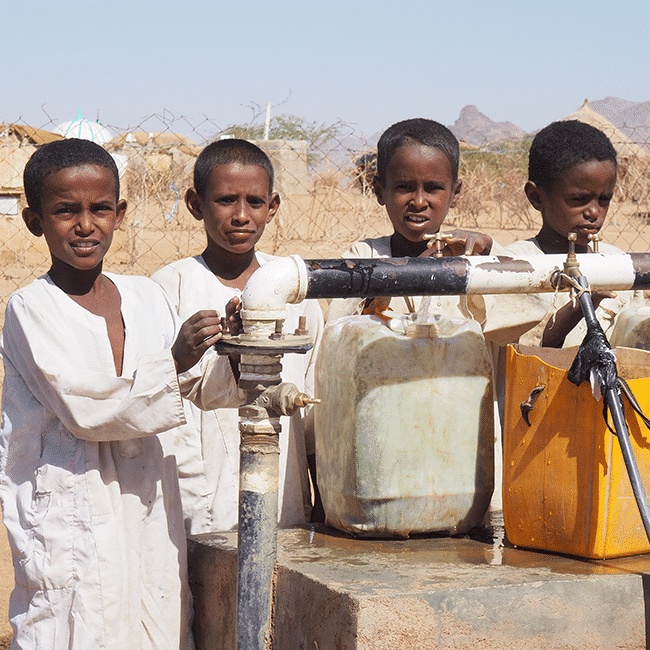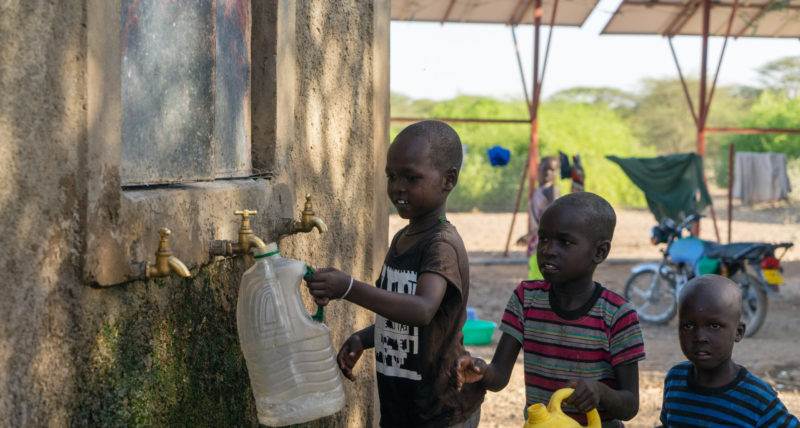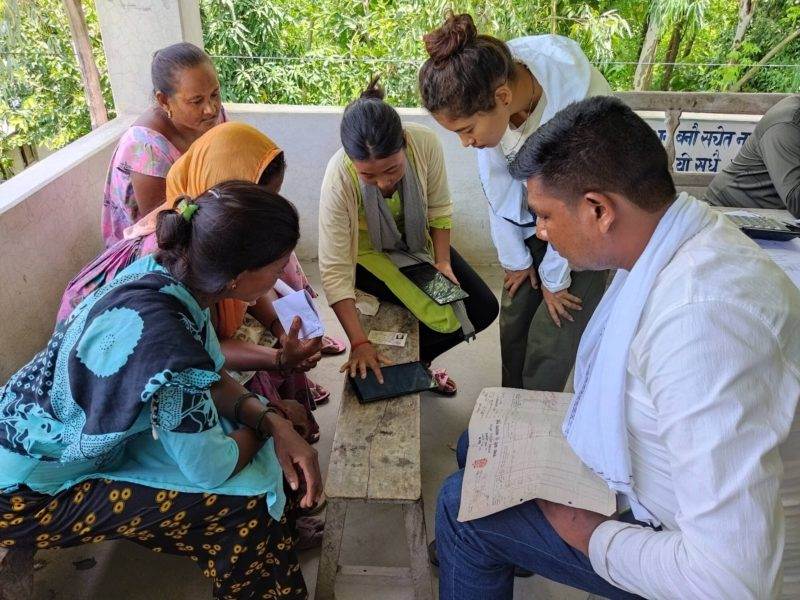In eastern Zimbabwe, droughts and floods are increasing in frequency. With funding from USAID, Practical Action is working with the affected communities to build their capacity to respond, recover and transition from crisis towards prosperity and self-reliance.
Project overview
Title: Resilience Building for Chimanimani Communities (RBCC)
Dates: 01 October 2022 – 31 December 2023
Location: Chimanimani District, Manicaland Province, Zimbabwe.
Our role: We are supporting smallholder farmers with agricultural training and access to financial loans, and additional training for communities in disaster risk reduction.
Target group: 32,000 individuals in 11 wards of Chimanimani District
Project budget: USD $1.7 million
Aim: Resilience that Protects
Lead donor: USAID
The RBCC project will demonstrate to many that with adequate support, capacity building and access to appropriate technologies, rural communities can effectively manage the effects of adverse weather conditions and build-up from crisis to attainment of desired community wellbeing levels.
– Emmanuel Madhara, Country Director, Practical Action Zimbabwe
Context
Over the past three years, the Chimanimani district in eastern Zimbabwe has been hard hit by a series of adverse weather events, exacerbated by climate change.
These include cyclone-induced flooding, droughts, and landslides. The impact of these on local communities has been disastrous, particularly for smallscale farming and food availability. Eighty percent of the population have had their basic, day-to-day ability to cope eroded. Failed harvests during the 2021-22 farming season resulted in Over half of the Chimanimani population have resorted to eating less meals per day in order to cope with food shortages.
Typically, communities rely on doing casual labour and selling fruit produce as primary income sources, as well as on remittances (which were negatively affected during the COVID-19 pandemic). Floods and droughts have affected two of these income sources. Women, children, the elderly and people living with disabilities are the most affected by hunger while there has been increased exposure of women and children to gender based violence and sexual exploitation in the district.
Our approach
The ‘Resilience Building for Chimanimani Communities’ project aims to build the response capacity of communities affected by drought and flooding. By working directly with populations confronting natural and climate-related hazards, the project will reduce vulnerability and mitigate the impact of such events on people’s lives and livelihoods.
Using a participatory approach, the project is actively involving community leaders and affected households. Together, we are identifying the climate-related challenges confronting them and then implementing corresponding solutions relating to early recovery, risk reduction and resilience into the project design. Training on disaster risk reduction will involve cascading existing national and provincial disaster response policies to the community level. Our approach is underscored by a gender transformative initiatives to ensure that participation in disaster risk activities is as inclusive as possible.
To increase food security in the region, Practical Action is providing training in agroecology and livestock management to smallholder farmers, including those involved in community nutrition gardens, fish farming and small livestock rearing. In addition, to bolster financial resilience when disaster strikes and income lost, Practical Action is establishing saving and lending groups to improve access to loans as and when needed.
Our goals
This project seeks to:
- Restore food and nutritional security among extremely poor households in wards affected by climate-related disasters.
- Reactivate livelihoods, contributing to recovery from consecutive dry spells, floods and the effects of COVID-19.
- Increase the ability of community members to effectively respond to and mitigate the impact of future climate hazards.
-
Specific aims
- To improve food security of 1000 households through conditional food assistance (vouchers-for-work) supporting short-term food consumption through resource transfers.
- To increase agricultural production among 1,500 extremely poor farming households through training on agroecology and livestock management.
- To increase access to finance for 1000 households through the revitalization or establishment of 50 Internal Savings and Lending groups (ISALs) in order to absorb economic, environmental and social impact of drought.
- To increase the ability of 32,000 individual members of the communities to understand, take ownership and implement community disaster risk reduction plans through cascading response policies and plans down to ward level as a way of building resilience to disasters.
Sustainable Development Goals
This project contributes to progress towards at least three of the seventeen SDGs.
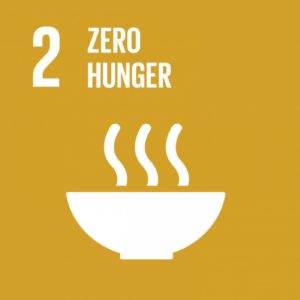
Agroecology training in this project seeks to end hunger threatening the Chimanimani communities through increasing productivity in nutrition gardens, fish farming and livestock in a sustainable manner.
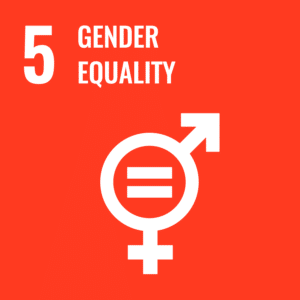
The RBCC project will use a gender transformative approach and target 60% women beneficiaries to promote equality in agriculture.
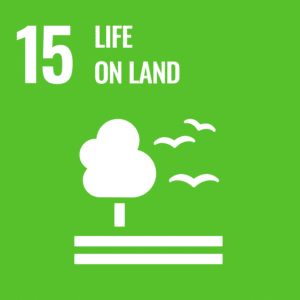
Gully reclamation and rehabilitation of dongas will build landscape resilience around arable land and will extend to other community infrastructure.
Work like this depends on your support
Help us work with communities to tackle some of the world’s toughest problems
Project funded by:
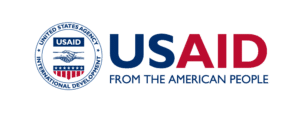
The RBCC project was approved by the USAID – BHA in part due to the fact we had applied the Flood Resilience Measurement for Communities (FRMC) approach with Z Zurich Foundation funding as part of the Zurich Climate Resilience Alliance Programme. By identifying priority resilience interventions with communities involved in the rigorous FRMC process we were able to provide the evidence to convince USAID to invest. This is a great example of how different donor’s funds can be strategically combined in complementary fashion to deliver impact and quality in our Resilience that Protects work.
